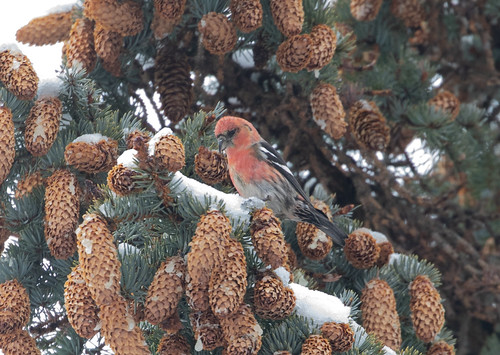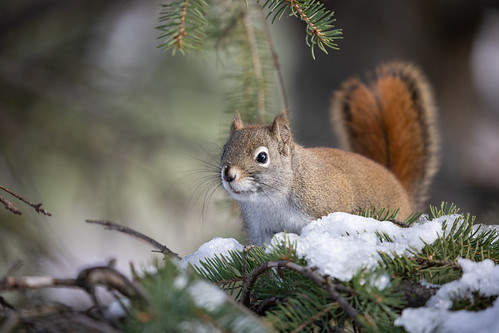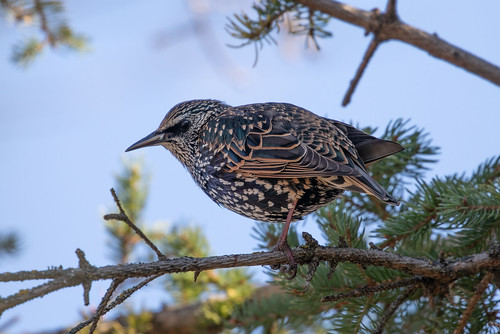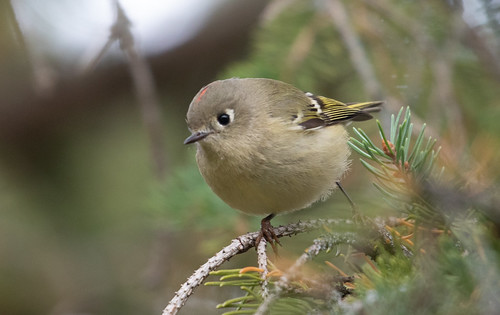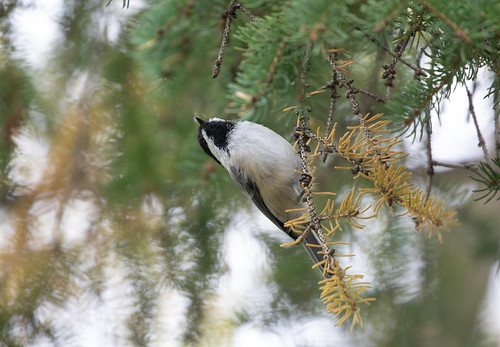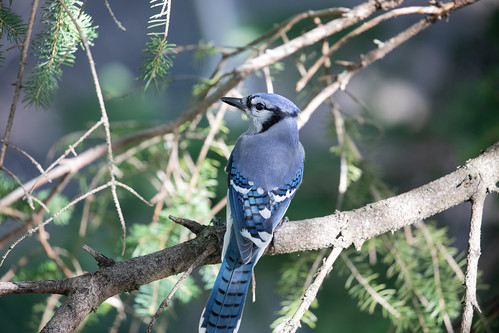When we moved to Duluth almost 40 years ago, I combed the streets within a mile or so of the EPA lab where Russ was working looking for an affordable house. The Peabody Street sign caught my attention because I loved the Mr. Peabody cartoons on The Bullwinkle Show, and even more because I loved White-throated Sparrows and their Old Sam Peabody, Peabody, Peabody song. In recent years, ornithologists have discovered that that song has evolved to celebrate the 2-syllabled Sherman rather than the 3-syllabled Peabody, but Peabody Street so far hasn’t changed its name in response.
The house that caught my eye was the oldest one on the block, built back when the street was more of a dirt pathway, so it’s set more forward into the front yard than any of the other houses. It wasn’t that I wanted a small front yard, but I loved the bigger backyard, made even bigger because it was a corner house. The cross street had never been completed, making the backyard space wider. The City of Duluth owns the right-of-way, but in 1982, they gave us permission to build our cyclone fence within it. If in the murky future they ever decide to finish the road, we’ll have to pull the fencing closer to the house, but that won’t be happening in the foreseeable future.
The large yard was one compelling reason to choose our house. Even more compelling was a grouping of four Norway spruces in the back of the yard. The dominant one was huge—one of the biggest trees in the neighborhood.
More than a decade after we moved here, I got a phone call from a man in his 80s who had lived in our house when he was a little boy. He said his big brother’s best friend was the one who had planted those trees and several others in the neighborhood in 1919 or 1920 as a memorial to his big brother, who had died in World War I. Norway spruces, native to northern, central, and eastern Europe, are the world’s fastest growing spruce, of great economic importance in Europe. In the mountains of western Sweden, scientists have found a Norway spruce, nicknamed Old Tjikko, which is estimated to be 9,550 years old and is claimed to be the world's oldest known living tree.
Over the years, I’ve done a lot of For the Birds programs about my backyard spruces. Trees have a long lifespan, but as with all of us, including that ancient spruce in Sweden, their lives do eventually have an endpoint, and backyard spruce trees where summer temperatures are increasingly climbing into the 90s don’t have nearly as long a lifespan as those in the mountains of western Sweden. We lost two of the smaller spruces over the years, and then the biggest one toppled in a fierce storm in July 2016.
The last one is still standing tall and firm. Since I’m not even sure during which of two years it was planted, I obviously can’t be sure when it hit its centennial, but it’s over a hundred years old now.
One of the first years we lived here, I started my year list on January 1 with a Great Horned Owl sitting atop the spire of the big spruce. Many times over the years a Northern Shrike has used that spot as its vantage point for hunting in my yard. A great many winter finches have dined on the cones of all four trees, and this year the only times I’ve had White-winged Crossbills in my yard, they’ve been eating spruce seeds on the one remaining tree in that stand.
We also have a few smaller Norway spruces in our yard, one close to my new home office window. Since moving into this different room this year, I’ve photographed lots of great birds in that tree, including both kinglets, Fox Sparrows and juncos, and Black-and-white Warblers. A Blue Jay fed its baby up there. And my dear little red squirrel climbs up to harvest spruce cones and sometimes a bracket fungus.
Norway spruces were planted in the United States in huge numbers in the 19th and 20th centuries, before foresters and children appreciated the importance of fostering native species. In the coming year, Russ and I are planning to start several new trees in our yard, but we’re going to be focusing on native species. So when we start a spruce tree, it’ll be a white spruce, the species that actually belongs in northern Minnesota. Our dear remaining spruce trees, from my grand 100-year-old one to the smaller ones near the house, will live out their lives in peace, attracting White-winged Crossbills and myriad other birds, and filling me with joy.






